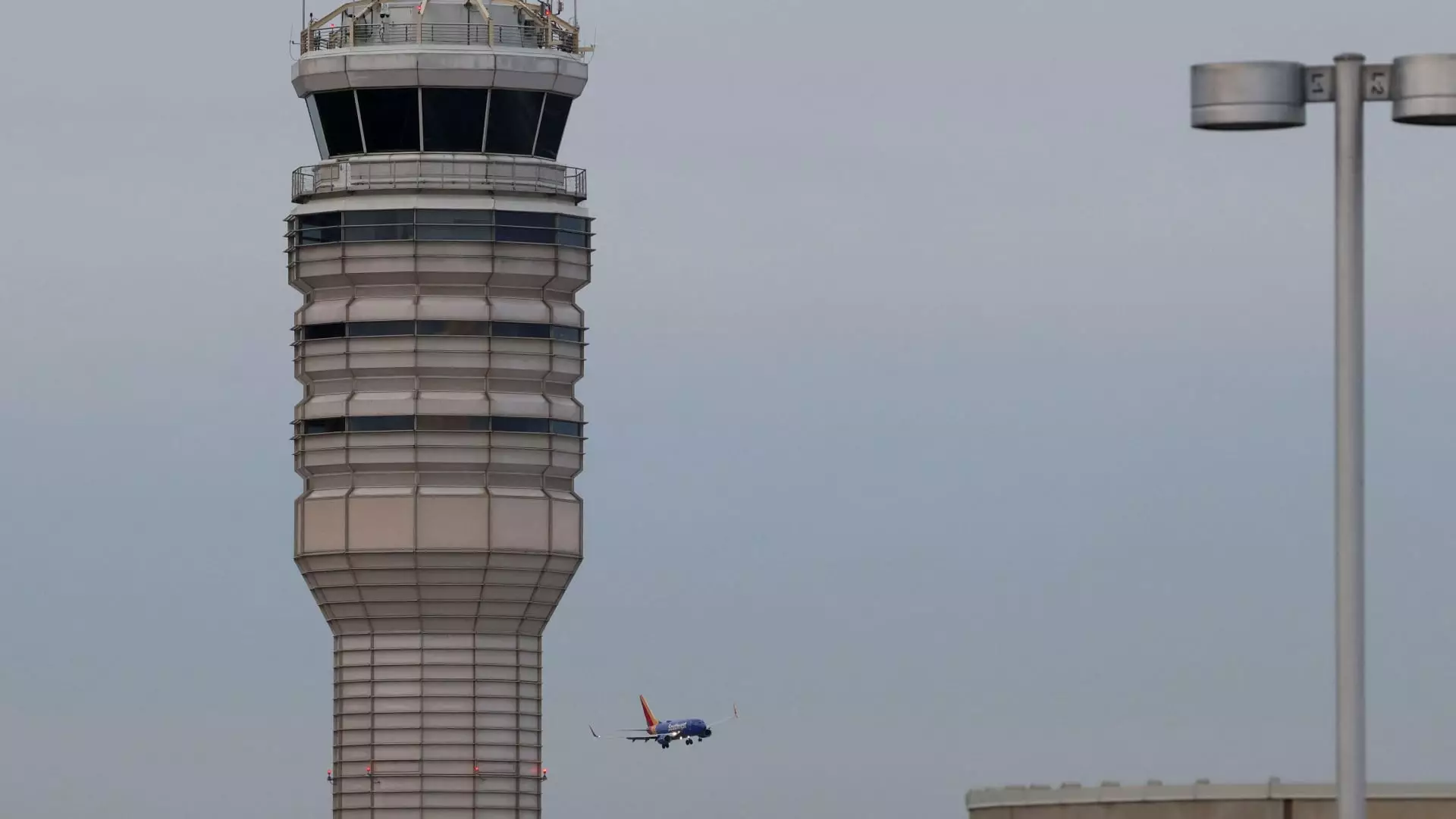Ensuring Aviation Safety: New Restrictions After Fatal Collision

In a significant response to a tragic aviation accident, the Federal Aviation Administration (FAA) announced new restrictions on helicopter operations surrounding Ronald Reagan Washington National Airport (DCA). This policy shift follows the devastating collision between an Army Black Hawk helicopter and an American Airlines jet. With the incident marking a grim milestone as the first fatal commercial airline crash in the U.S. in over 15 years, the FAA’s actions aim to restore confidence in the safety of air travel.
On a fateful Wednesday evening, American Eagle Flight 5342, which was nearing the end of its journey from Wichita, Kansas, was preparing for landing at Reagan National Airport when it collided with the Army helicopter just seconds from touchdown. The crash resulted in the loss of all lives on board both aircraft—64 passengers and crew members on the jet, alongside three personnel in the Black Hawk. The Federal Aviation Administration officials and various stakeholders are now left grappling with the implications of this situation, which has prompted urgent calls for reforms and preventive measures in airspace management.
Transportation Secretary Sean Duffy articulately conveyed the urgency of the new regulations, aimed at enhancing air traffic safety around the nation’s capital. The newly restricted airspace spans crucial locations, encompassing from the Memorial Bridge to the South Capitol Street Bridge, while carefully excluding the Tidal Basin area. This revised air traffic protocol not only addresses the immediate risks but is also part of a larger commitment to instill public confidence in the aviation infrastructure. Duffy’s statements emphasized that the American people deserve assurance regarding their safety in the skies, reflecting a nationwide concern for aviation security that has been heightened by this tragic event.
In the aftermath of the collision, investigators have initiated a comprehensive review to assess the operational dynamics that led to the incident. National Transportation Safety Board member Todd Inman indicated that the movement of helicopters occurs within defined zones in Washington, aimed at facilitating organized traffic in the area. The inquiry will examine factors such as the altitude at which the aircraft were operating, communication protocols with air traffic controllers, and decisions made by flight crews. These elements are critical to unveiling the circumstances surrounding the crash and ensuring similar incidents do not recur.
The airline industry has voiced concerns and gratitude in response to the FAA’s swift decision-making. American Airlines CEO Robert Isom expressed appreciation for government leadership in aviation safety, calling for continued vigilance and proactive measures to safeguard air traffic operations. The collective sorrow and urgency among industry leaders highlight a newfound commitment to enhancing safety protocols and preventing tragic incidents like this in the future.
The recent crash has served as an unfortunate reminder of the vulnerabilities within the complex aviation system. As the FAA implements new restrictions around Reagan National Airport, it stands as a testament to the determination to evolve and enhance safety standards. Restoring public faith in aviation safety will require ongoing vigilance, robust communication, and a collaborative approach to air traffic management, ensuring that the skies remain safe for all.





